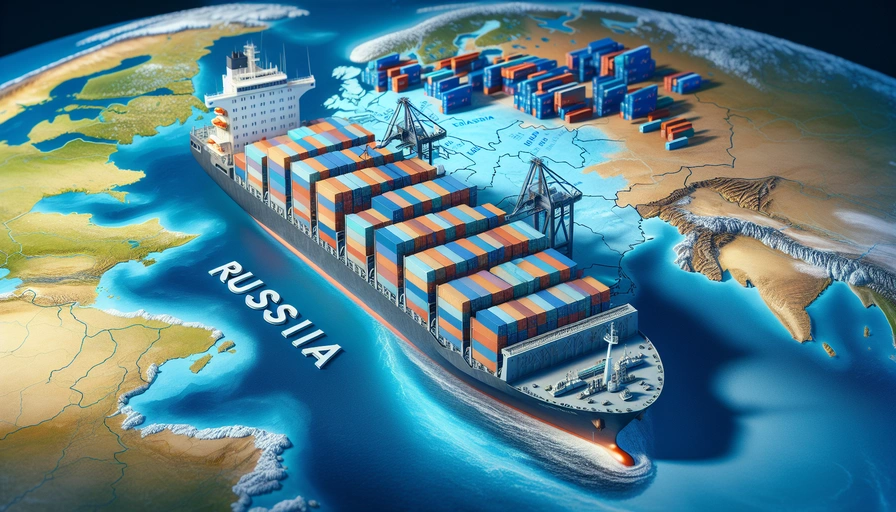Russia’s trade relations with Europe have been a focal point of international economic discussions, especially in light of recent geopolitical tensions and sanctions. Here are some key developments and challenges in the trade dynamics between Russia and Europe:
- EU Bans Russian LNG Transshipment via its Terminals: The European Union (EU) has implemented a ban on the transshipment of Russian liquefied natural gas (LNG) through its terminals for third countries, effective March 2025. While EU members can still import Russian LNG, the ban stems from the 14th package of EU sanctions against Russia, introduced in June 2024. This move is expected to impact the LNG sector significantly, particularly affecting the port of Zeebrugge in Belgium, which has a long-term contract with Yamal LNG.
-
Major Oil Traders Eye Return to Russian Market: European oil companies Vitol, Trafigura, and Gunvor are considering returning to the Russian oil market, contingent upon the lifting of sanctions. The potential easing of sanctions, possibly following a peace agreement, has raised hopes for renewed competition for Moscow’s oil markets between European giants and companies based in Dubai and Hong Kong.
-
Russia’s Energy Revenue Decline: Russia’s March oil and gas budget revenue fell 17% year-on-year to RUB 1.08 trillion ($12.8 billion), representing a significant decrease. The first-quarter oil and gas revenue also dropped by 10% to RUB 2.64 trillion ($31.4 billion). This decline is attributed to lower Urals crude oil prices and a stronger ruble, which reduces the ruble value of oil revenues.
-
Russia’s Inflation and Economic Growth: Russia’s inflation rate has slowed in early 2025, indicating a rebalancing of supply and demand. The Central Bank of Russia aims to lower inflation to its target of 4% by 2026. Despite the economic challenges, production capacity continues to expand, contributing to moderate economic growth.
-
Impact of Sanctions on Trade: The ongoing sanctions have significantly reduced trade volumes between Russia and Europe. The sanctions have led to a decrease in Russian coal exports to China and other Asian countries, with a notable 49% year-on-year drop in seaborne coal exports to China in the first two decades of March 2025.
-
Positive Signals from US-Russia Talks: Recent talks between Russia and the US in Riyadh have shown positive signals, focusing on resuming a Black Sea shipping safety initiative. This initiative, previously discussed by Presidents Putin and Trump, aims to ensure safe passage and prevent the use of commercial vessels for military purposes.
-
Russia’s Strategic Partnerships: Russia continues to strengthen its strategic partnerships with countries like Iran, as evidenced by the comprehensive strategic partnership treaty signed in January 2025. This treaty covers cooperation in various sectors, including defense, energy, and finance, solidifying Russia and Iran’s status as strategic partners.
In summary, Russia’s trade relations with Europe are currently shaped by a complex interplay of sanctions, economic challenges, and geopolitical negotiations. While there are signs of potential easing of sanctions and renewed trade opportunities, the overall landscape remains uncertain, with significant impacts on energy revenues and trade volumes. The ongoing discussions and strategic partnerships will play a crucial role in determining the future trajectory of Russia’s trade with Europe.

